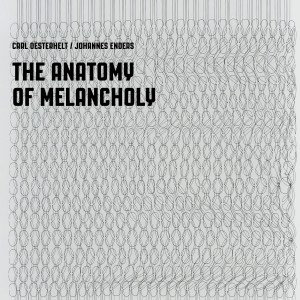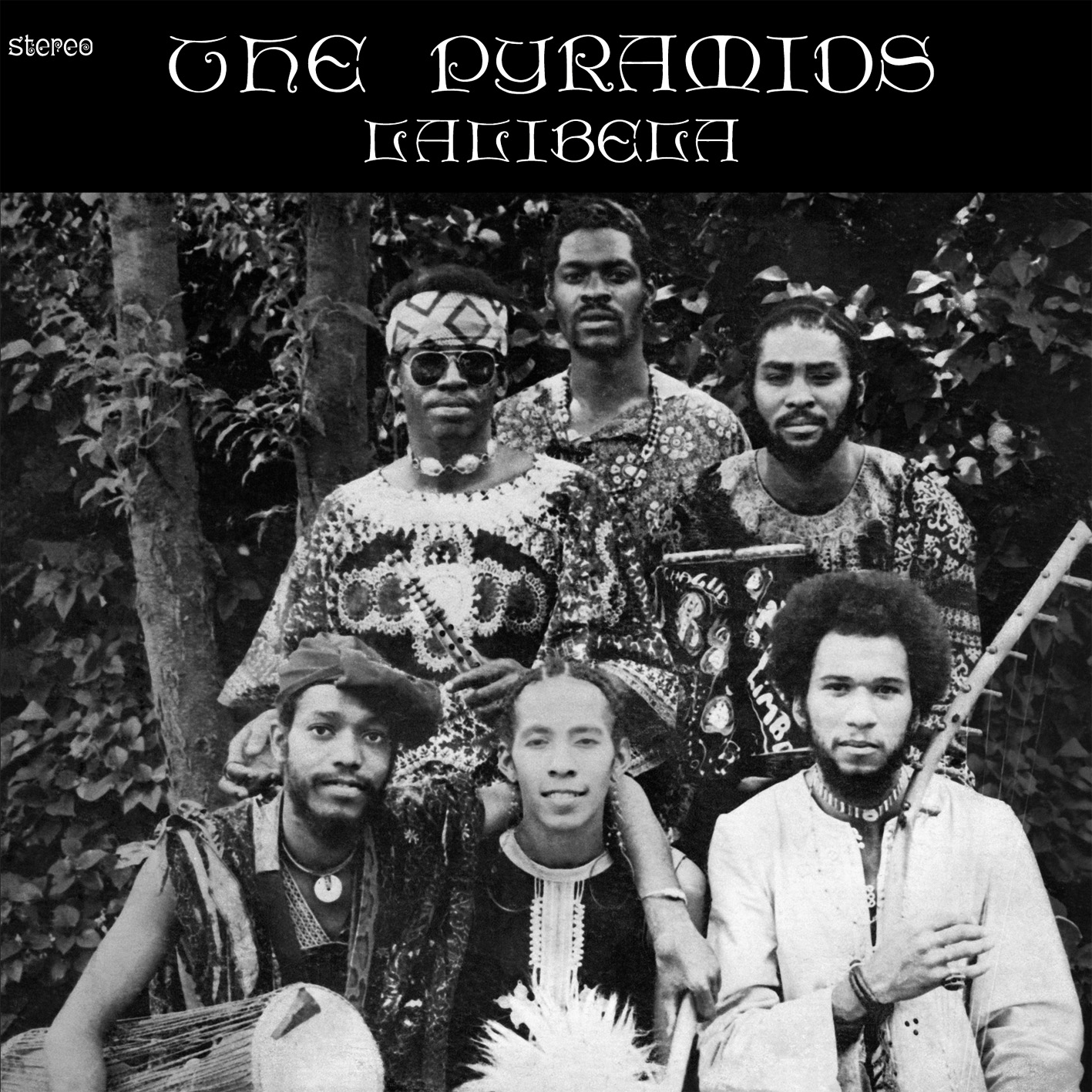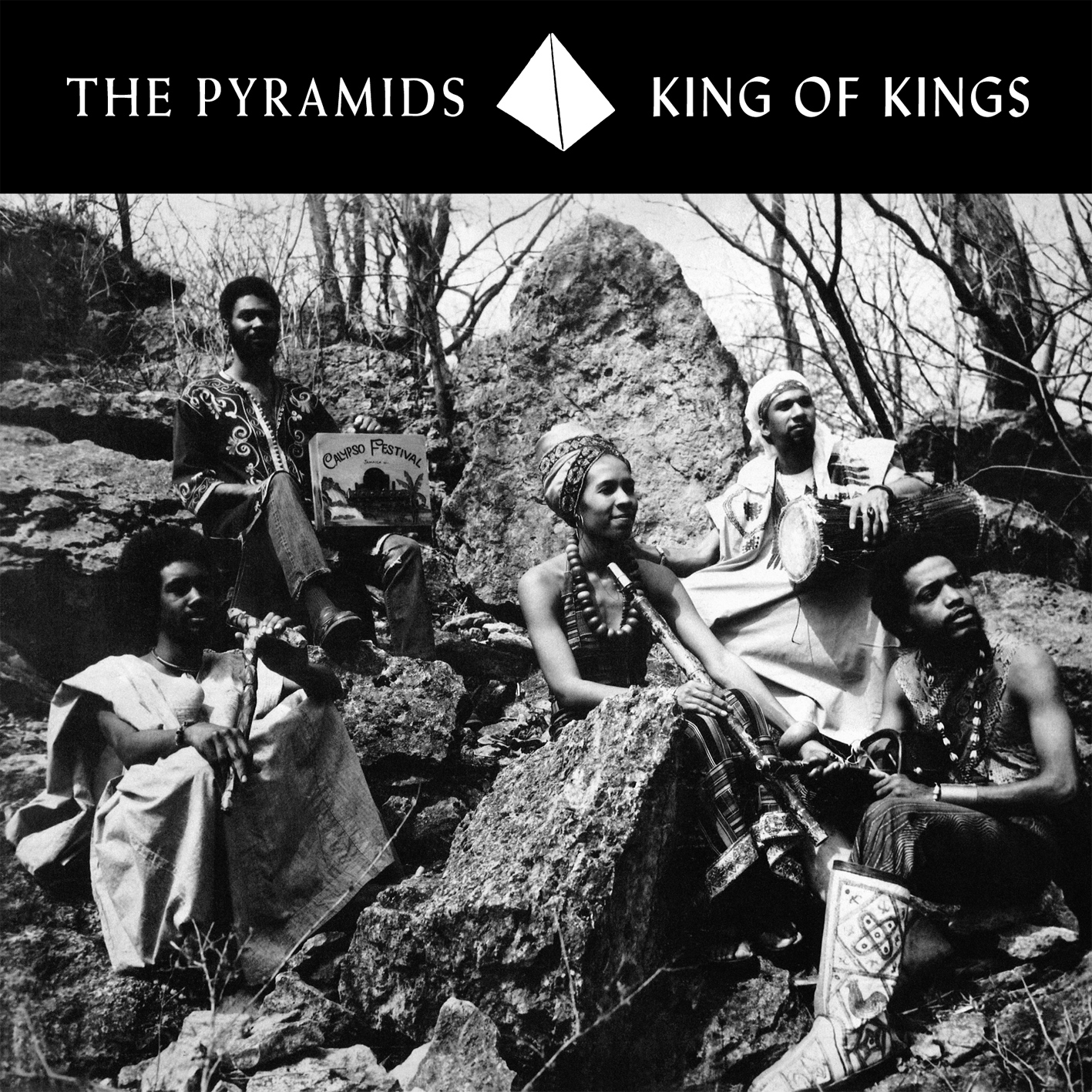
[soundcloud url=”https://api.soundcloud.com/playlists/202046477?secret_token=s-G7LmJ” params=”auto_play=false&hide_related=false&show_comments=true&show_user=true&show_reposts=false&visual=true” width=”100{52683dc5cfbdd8b3430c87738b6fd8a1b6d250070828804dc6c6f79ba8206849}” height=”166″ iframe=”true” /]
 “The Anatomy of Melancholy” is the second co-operation of the German multi-instrumentalist and composer Carl Oesterhelt, and jazz-saxophonist Johannes Enders. Oesterhelt – drummer with the band F.S.K. – has been making appearances as theatre-musician at the Münchner Kammerspiele, the Thalia Theater Hamburg, and the Schauspiel Köln, as well as festivals like the Ruhrtriennale, or the Festwochen Wien. His composition in between classical music, new music, and pop is faced with the academically trained Johannes Enders, who has a professorship for jazz-saxophone at Leipzig University. After a recommendation from Coltrane-bassist Reggie Workman he studied in New York with Dave Liebman and Jerry Bergzoni before he, in the 1990s, founded the Tied & Tickled Trio with the Notwist-members Micha and Markus Acher, Andreas Gerth, Caspar Brandner, and Ulrich Wangenheim. He also performs with his own quartet, with Rebekka Bakken, amongst others.
“The Anatomy of Melancholy” is the second co-operation of the German multi-instrumentalist and composer Carl Oesterhelt, and jazz-saxophonist Johannes Enders. Oesterhelt – drummer with the band F.S.K. – has been making appearances as theatre-musician at the Münchner Kammerspiele, the Thalia Theater Hamburg, and the Schauspiel Köln, as well as festivals like the Ruhrtriennale, or the Festwochen Wien. His composition in between classical music, new music, and pop is faced with the academically trained Johannes Enders, who has a professorship for jazz-saxophone at Leipzig University. After a recommendation from Coltrane-bassist Reggie Workman he studied in New York with Dave Liebman and Jerry Bergzoni before he, in the 1990s, founded the Tied & Tickled Trio with the Notwist-members Micha and Markus Acher, Andreas Gerth, Caspar Brandner, and Ulrich Wangenheim. He also performs with his own quartet, with Rebekka Bakken, amongst others.
www.johannes-enders.com | www.carlofashion.de | www.the-society-of-dilettanti.com
MUSICIANS
Johannes Enders (Tenorsaxophon), Joerg Widmoser (Violine), Winfried Zrenner (Violine), Andreas Höricht (Viola), Jost H. Hecker (Violoncello), Ulrich Wangenheim (Querflöte), Stefan Schreiber (Bassklarinette), Micha Acher (Trompete), Mathias Goetz (Posaune), Carl Oesterhelt (Electronic Tabla, Electronic Tanpura, Analog-Synthesizer, Schlagwerk, Indisches Harmonium)







